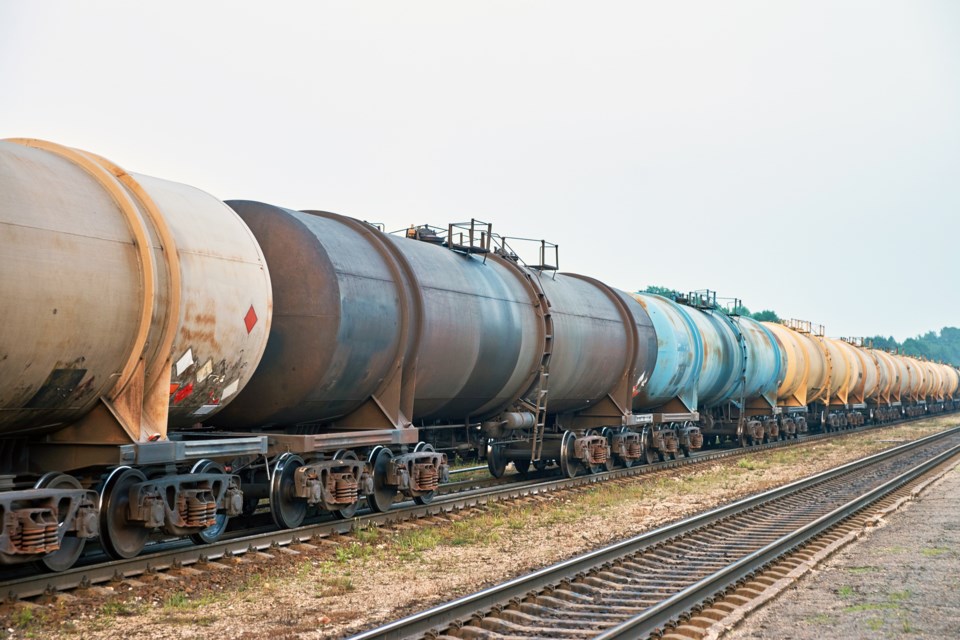Hydrogen was in the news last week when the B.C. government announced an agreement with the Japanese Organization for Metals and Energy Security, which paves the way for province to export new sources of low-carbon energy.
That announcement came three days after the McLeod Lake Indian Band and Mitsubishi Power announced they were working together to develop a $5 billion hydrogen plant on the Kerry Lake East reserve, 80 kilometres north of Prince George.
The plant would produce sustainable clean energy and export it to buyers in overseas markets trying to meet net-zero emissions targets.
Matthew Klippenstein, executive director of Hydrogen BC, a regional branch of the Canadian Hydrogen and Fuel Cell Association says Japan, South Korea and Taiwan are the most likely buyers of products made at the plant. They each have large populations and seek to replace coal as more climate-friendly fuel.
“The motivation here is that in order to do anything close to climate targets they need to substitute other energy for coal or natural gas and this will mainly be an ammonia-for-coal substitution,” said Klippenstein. “They have the financial ability to pay a bit extra to reduce their emissions and they definitely need to import energy and so this is a path Japan, Korea and also Taiwan are very keen on doing.
“The demand could absorb everything B.C. could produce, and much more. There are countries in East Asia who are absolutely eager to buy clean ammonia from us so they can displace emissions and they will buy from other countries as well.”
Asian countries are also going ahead with designing nuclear plants to produce their own electricity but Klippenstein said those projects take many years to build and there’s a need to find an immediate source of fuel that burns without emissions. He expects construction of the McLeod Lake plant would be contingent on companies like Mitsubishi signing a 20-year agreement to buy the products.
“It’s a chance for the Interior of B.C. to play offence,” said Klippenstein. “Forestry challenges mean that the Interior has had to play defence recently and it’s been frustrating to fight shrinkage, so there’s a lot of desire to use these natural resources to export clean energy to bring more jobs and activity and community benefits agreements with all the affected communities.
“There is a lot of interest from the private sector and from government to use the hydrogen economy to revitalize the Interior as a growth opportunity. Mitsubishi has clearly done a bunch of homework with the McLeod Lake nation and they’re not the only ones engaging with First Nations trying to create reconciliation wins. Every government wants to create jobs for people, but it’s not a slam-dunk until it gets built. ”
Hydrogen is earth’s lightest element and can’t be compressed in sufficient quantities to make it feasible to ship as a gas, so it’s converted to liquid ammonia, made using extremely high pressure to force a chemical reaction that blends nitrogen from the atmosphere with hydrogen from natural gas. Cheap to produce on a large scale, ammonia has been transported by rail and truck in large volumes for decades in other parts of Canada, mainly the Prairie provinces, and most of it is used to produce fertilizer for agricultural purposes.
Liquid ammonia is toxic and corrosive and because it has to be stored and transported under pressure there is a risk of explosion in the event of a tank rupture. Moving it by rail across B.C. from the McLeod Lake project would involve transport through other First Nation territories and municipalities and those details would have to be worked out with every rights holder along a rail route before the plant is built.
Prince Rupert knows it’s coming and is adding to the infrastructure at its port facility to prepare for ammonia transport. In May, Trigon Pacific Terminals awarded a $71 million contract to PPM Civil Constructors ULC to build Canada’s first purpose-built terminal to handle liquid ammonia and load it into tankers for shipments across the Pacific. Supported by a $75 million federal grant, the Berth to Beyond Carbon project is targeted for completion in 2027.
Klippenstein said large-scale hydrogen production is being discussed in Alberta and also in Atlantic Canada, based on harnessing offshore wind power to make electricity and use that power to split water molecules and make ammonia to ship to European markets.




